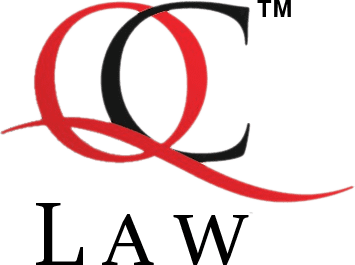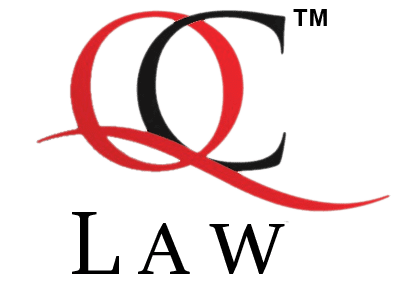What stays and what goes when you buy a property (fixtures and fittings) in Australia
Buying a property can be an exciting, but also stressful experience. With so many details and paperwork to take care of, it’s easy to miss out on the basics when making your purchase decisions. One critical detail is knowing what stays and what goes with regard to fixtures and fittings in Australia. Knowing this difference between what comes included in a sale can go a long way towards ensuring that you are getting exactly the type of property you desire without any additional hassles or hidden costs.
Overview of the differences between fixtures and fittings in a property
When it comes to buying a property, it's essential to understand the differences between fixtures and fittings. Fixtures are items that are permanently attached to the property, such as built-in cabinets or plumbing fixtures. Fittings, on the other hand, are movable items that can be easily removed or replaced, such as curtains or light fittings. Understanding these differences can help you determine what you're getting with the property and what you're responsible for maintaining or replacing if needed. It's always a good idea to make sure these details are spelled out clearly in any purchase contract so that there are no misunderstandings down the road.
What is considered a fixture and what is an extra fitting
When it comes to defining whether an object in a property is a fixture or an extra fitting, it can be a confusing and sometimes contentious issue. Generally speaking, a fixture is considered to be a permanent part of the property, such as built-in shelving or light fixtures. An extra fitting, on the other hand, can be removed without causing any damage or alteration to the property, such as a dishwasher or curtains. However, there are some gray areas to consider, such as whether a suspended light fixture is a fixture or an extra fitting. Ultimately, it will be up to the agreement between the seller and buyer to determine what stays and what goes when it comes to fixtures and extra fittings in a property.
A checklist of common fixtures and fittings that are included in house sales
When purchasing a house, it's essential to be aware of what fixtures and fittings come with the property. A checklist of common fixtures includes things like light fixtures, window coverings, and built-in appliances. Of course, the specifics will vary from house to house, but it's important to have an idea of what you can expect to receive. Additionally, knowing what is included in the sale can help you gauge whether the asking price is fair or if negotiation may be necessary. By being informed about what fixtures and fittings are typically included in house sales, you'll be better prepared to handle the purchase process with confidence.
How to determine which fixtures and fittings stay with the house when you buy it
Understanding which items stay with the property and which ones the previous owners may take with them can save you from any confusion and disappointment down the line. Generally, fixtures such as light fittings, built-in kitchen appliances, and bathroom fixtures are included in the sale while fittings such as curtains, blinds, and freestanding appliances (including dishwashers) may be taken by the previous owner. However, the specific details can vary based on the terms of the sale agreement. To avoid any confusion, it’s important to discuss the fixtures and fittings with your real estate agent and review the contract carefully before making an offer. The contract should be drafted to ensure that it includes a list of the fixtures and fittings that are included in the purchase.
How QC Law’s property lawyers can help you navigate this tricky terrain
QC Law’s property lawyers are the experts you need to help you navigate the tricky terrain of property law. Whether you’re investing in real estate or simply buying a new home, our lawyers will provide you with the knowledge and support necessary to make informed decisions. With years of experience in the industry, we have an in-depth understanding of the complexities involved in property transactions. We will guide you through the process, working closely with you to ensure that your interests are protected. So why not let QC Law handle the legal side of things, leaving you to focus on finding your dream property?
Tips for preventing problems from arising during your property purchase process
With careful planning and preparation, you can avoid common pitfalls that often arise during the purchase process. One of the most important tips to keep in mind is to do your research thoroughly, from selecting the right property to choosing a reliable and reputable real estate agent. Another crucial step is to have a clear understanding of your finances, including your budget and any loans or mortgages you may need. By taking the time to prepare and plan ahead, you can make your property purchase process smoother and more successful. Of course, finding an experienced property lawyer will make your life easier throughout the process of buying your home.
Navigating the complicated process of buying a property can be extremely confusing, especially when it comes to fixtures and fittings. Whether it is determining which items stay in the house when you buy it or getting to grips with what exactly a ‘fixture’ is, QC Law understands that the purchase process is complex. By understanding the difference between fixtures and fittings, creating a checklist of items that are generally included in sales, and preventing problems from occurring during negotiations, you will be well-equipped for your property purchase.
Contact the property team at QC Law on 07 5657 1928 or email epost@qclaw.com.au and get the legal representation you deserve.


